
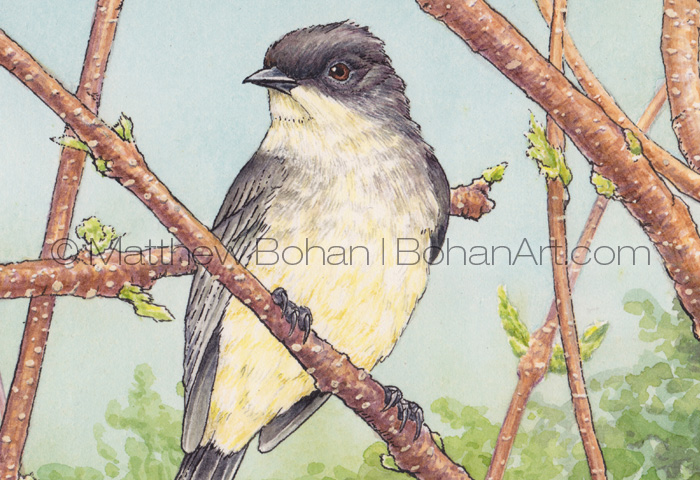
Some birds just seem to have a lot of natural charm. The Eastern Phoebe definitely falls into that category for me. Phoebes, like American Robins, are fairly tolerant of humans and will nest near houses, sheds and decks. My mother-in-law, who is one of the world’s greatest nature lovers, had one nesting in an addition that was being built on her house. I’ve found their nests under pedestrian bridges, trail signs and markers in the woods.
Seeing the first phoebe in our yard in the spring every year is a reason for celebration. Once the insectivores arrive, you know the weather is going to be nice for while! We mark of our FOY (First of the Year) yard birds on our wall calendar every year. I’m always amazed that the birds’ first arrivals are within a day or two of the previous year. I’m not sure I could do as well with a computer and smart phone. Eastern Phoebes used to regularly nest under our neighbors’ deck. That came to an abrupt end when new neighbors moved in with two Great Danes and a huge Lab mix.
I did this painting from photos of one of our spring visitors who was sitting on the Staghorn Sumac in our backyard. When me moved in, there was some growing in the field portion of our yard. As we planted native gardens, we left the sumac to bring in birds. Staghorn Sumac is a great plant to have if you want to attract birds. Its bright red-orange leaves in the fall are an added bonus. When in bloom it also attracts tons of bees. I find it to be a handsome though short-lived plant. I consciously have to let the new shoots grow up to replace the ones that have died off. The only negative I see is that they tend to leaf out quite late in the spring and drop leaves early in the fall.

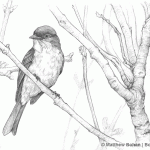
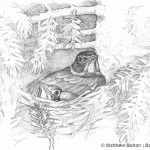


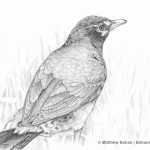
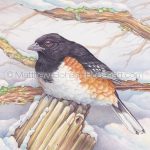
Leave a Reply